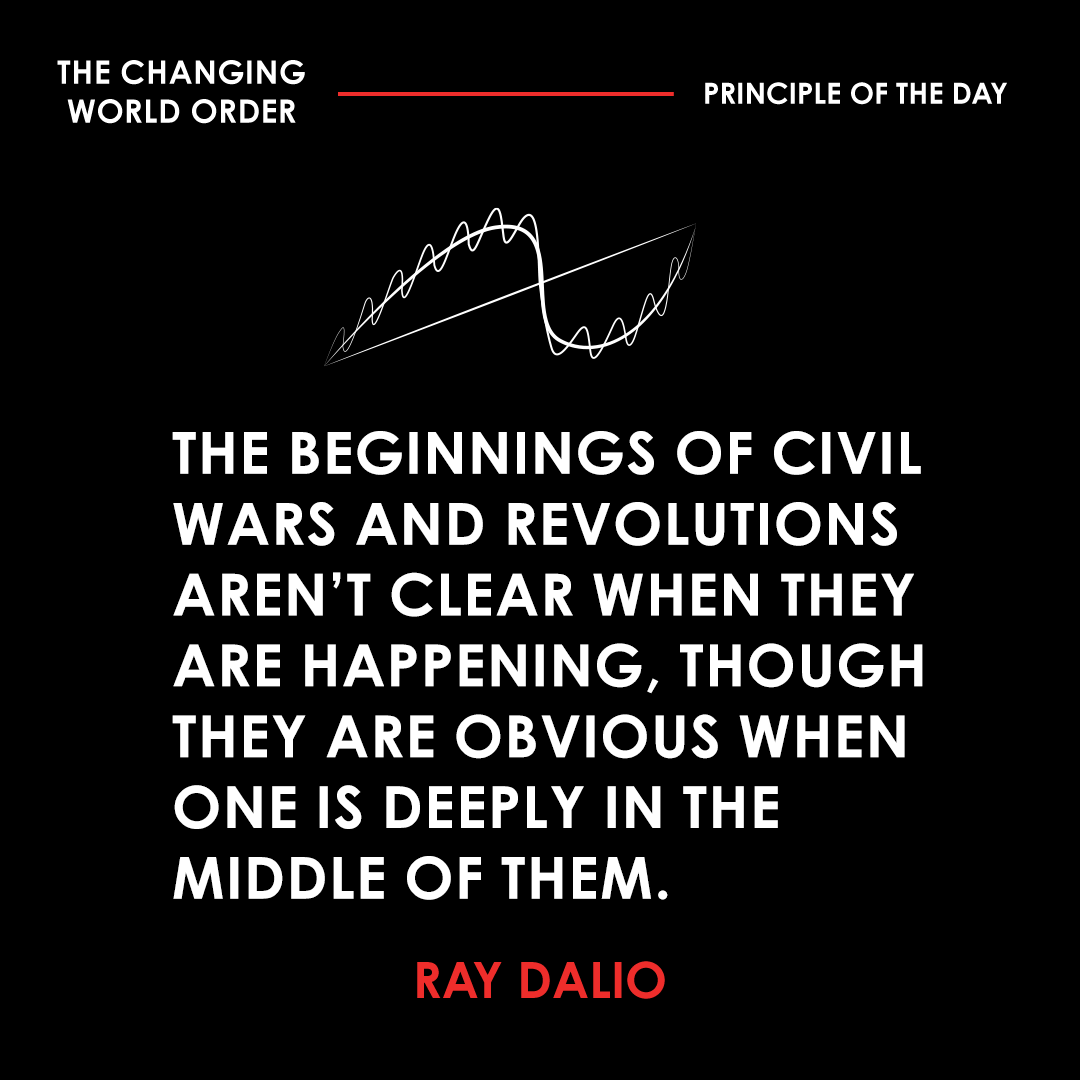
I just read Life Force by @TonyRobbins and urge you to read it if you're interested in the science of living longer. (1/6)
I have found that there aren't many subjects that people care more about, that have shown greater scientific progress, and that most people are more ignorant about than longevity. (2/6)
That’s because up until now, too much information has been scattered all over the place to review and digest. In creating Life Force, Tony, who has devoted his life to making people healthy in mind and body, (3/6)
spoke with the greatest luminaries in the field of longevity to collect the most important concepts. Then he synthesized them in an easy-to-understand and entertaining way and beautifully packed it in this perfect gift of a book. (4/6)
So, if you're interested in the subject, I urge you to read it - or if you have people you care about who are interested in this subject, I urge you to pass it on to them. (5/6)
By the way, Tony is giving away 100% of the money he earns from the book for people’s health so it will be a contribution to others too. tonyrobbinslifeforce.com (6/6)
• • •
Missing some Tweet in this thread? You can try to
force a refresh








